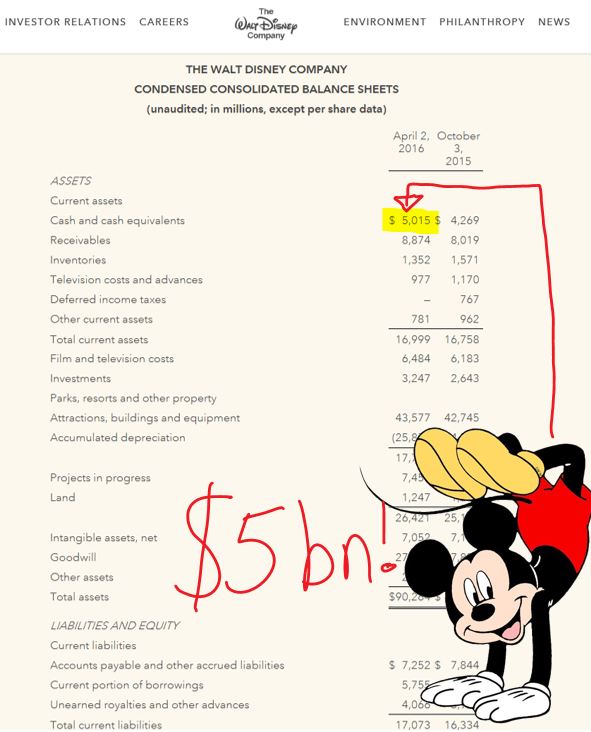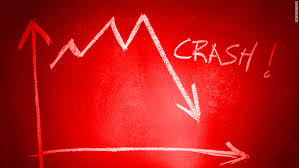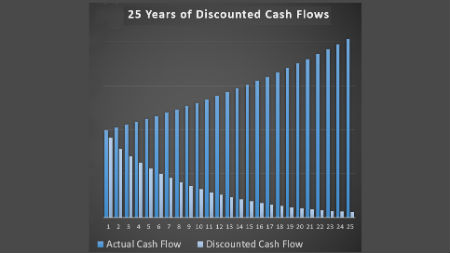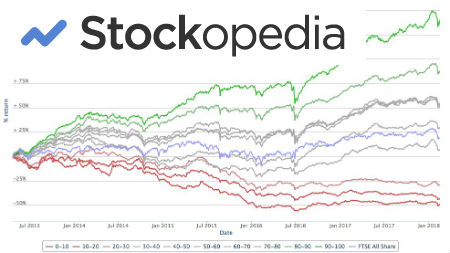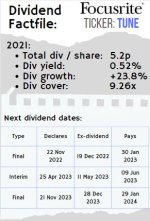How to analyze a balance sheet to assess dividend safety
Knowing how to analyze a balance sheet is crucial in working out whether the dividend it pays is sustainable.
As you may have read on our page on dividend safety, the payout needs to be covered by both earnings and cashflow. But let's start at the beginning...
What is shown on a balance sheet?
How to analyze a balance sheet to assess dividend safety
1. What clues does it hold to dividend safety?
The balance sheet is simply a snapshot of the financial position of the company on a set date. Unlike the income statement, which covers a period of time (like a quarter or a year), the balance sheet is taken on a specific date.
It adds up all the assets of the company - both short term (current) and long term (non-current) and then adds up all the liabilities which are the obligations due of the company. Again liabilities are split into short term (less than a year due) and long term.
When you subtract the liabilities from the assets you get the equity or book value of the company. The balance sheet highlights the net worth of the company, and this figure is crucial to assess dividend safety.
How to analyze a balance sheet to assess dividend safety
2. What makes a strong balance sheet?
Imagine a balance sheet like a sheet showing your household net worth...
Let's say you have a house worth $500,000. You have cash in the bank and savings worth $20,000 and you have a stock market portfolio worth $80,000. The value of your assets is $600,000. Against this, you have a mortgage with $190,000 due, you have a loan where you owe $8,000 of principal and you owe $2,000 on your credit card. Your liabilities are $200,000. This means your net worth is $400,000.
Compare this to your young neighbor. He also has a house worth $500,000 and he owns a car worth $30,000 but doesn't have savings or a stock market portfolio. He has a mortgage of $450,000 against his house and a car loan of $25,000. His net worth is $25,000. You are clearly wealthier than him and we haven't even looked at earnings yet.
It is the same with companies. A company that has very low net debt (all debts added up minus their cash) and a significant amount of equity on their balance sheet has a stronger balance sheet than a highly indebted company with very low equity. The strength of the balance sheet is very important for you to understand because a stronger balance sheet indicates a more resilient business which is probably better able to cope with a downturn in business and has more flexibility in investing in new business lines or making acquisitions.
How to analyze a balance sheet to assess dividend safety:
3. Why is the balance sheet important when assessing dividend safety?
Having a solid balance sheet gives a company far more flexibility. A company with very little or no debt and lots of cash is able to withstand tougher times in the market and can use weakness in the market to buy up cheaper assets. They are not beholden to banks where any slight drop in earnings can mean a covenant breach or a default which would shut off your dividends.
The reality is: the stronger the balance sheet, the "thicker" your equity slice is which means it would take far longer for it to be wiped out in value. Take a look at bankruptcy cases - the vast majority are caused by too much debt.
Dividend safety is linked to balance sheet strength as dividends can still be paid even if there is a cyclical drop in earnings. Furthermore, the dividend cover can be built up over time if the strength of that balance sheet is used to add earnings enhancing assets. This means earnings can rise without the company having to go to either the debt or equity markets.
How to analyze a balance sheet to assess dividend safety:
4. Is it possible to have too safe a balance sheet?
Ironically - the answer is "yes".
There are some companies that build up excess capital and struggle to get a good return on equity. If you're analyzing a company that has $100 billion of equity yet their earnings after tax amount $2 billion then the return on that equity is just 2%. That is not an adequate return, especially when 10 year risk free treasuries have a higher yield. In this case the company is better off "dead" than "alive" and this equity should either be improved considerably or returned to shareholders where they can earn better returns.
Overall, though, you'd be better off focusing on stronger balance sheets and companies that earn healthy returns from the strong balance sheet. These companies are far more likely to give you nice surprises in the future than cash strapped/highly indebted "young upstart" companies.
Got a BURNING dividend question for 6-figure dividend earner Mike Roberts?
What is it that you really want to know about investing?
Submit a query and Mike will write a page in response.
PLEASE NOTE - in accordance with our terms of use, responses are meant for education / interest only. We do not give specific financial advice.
